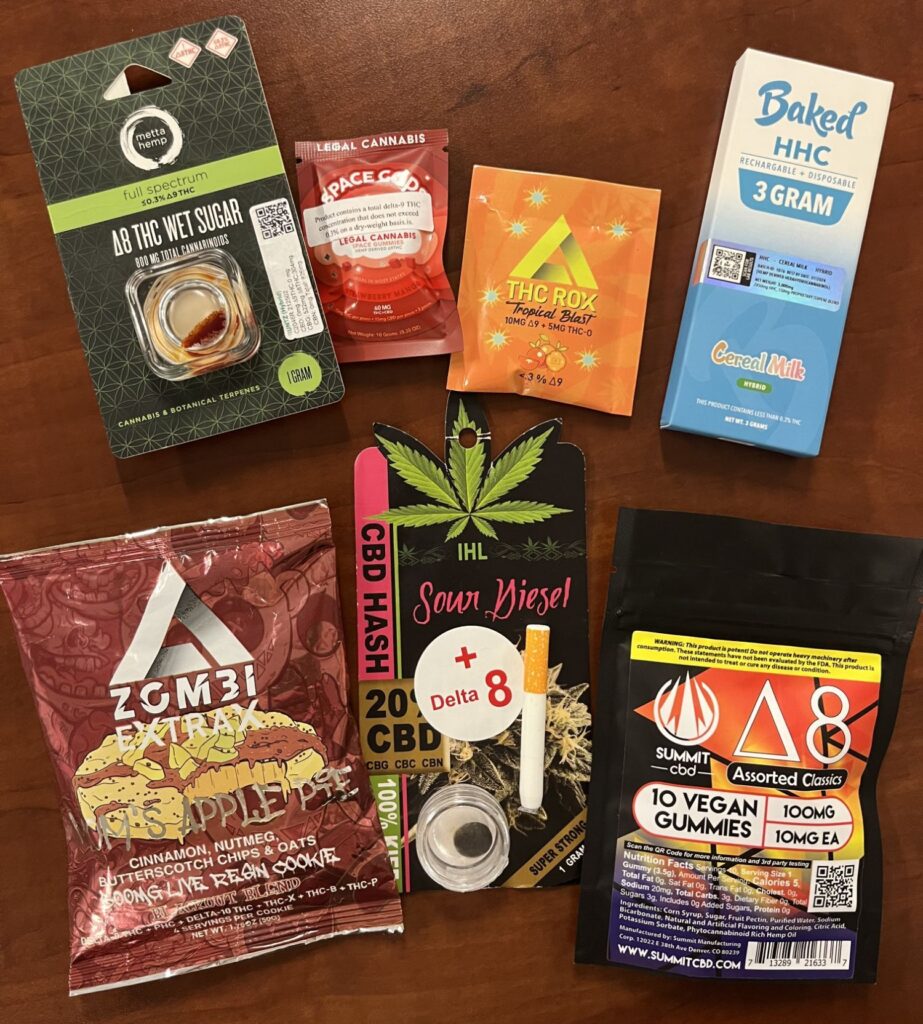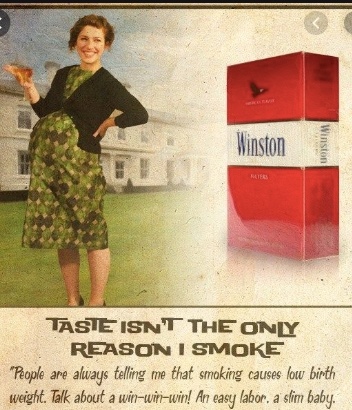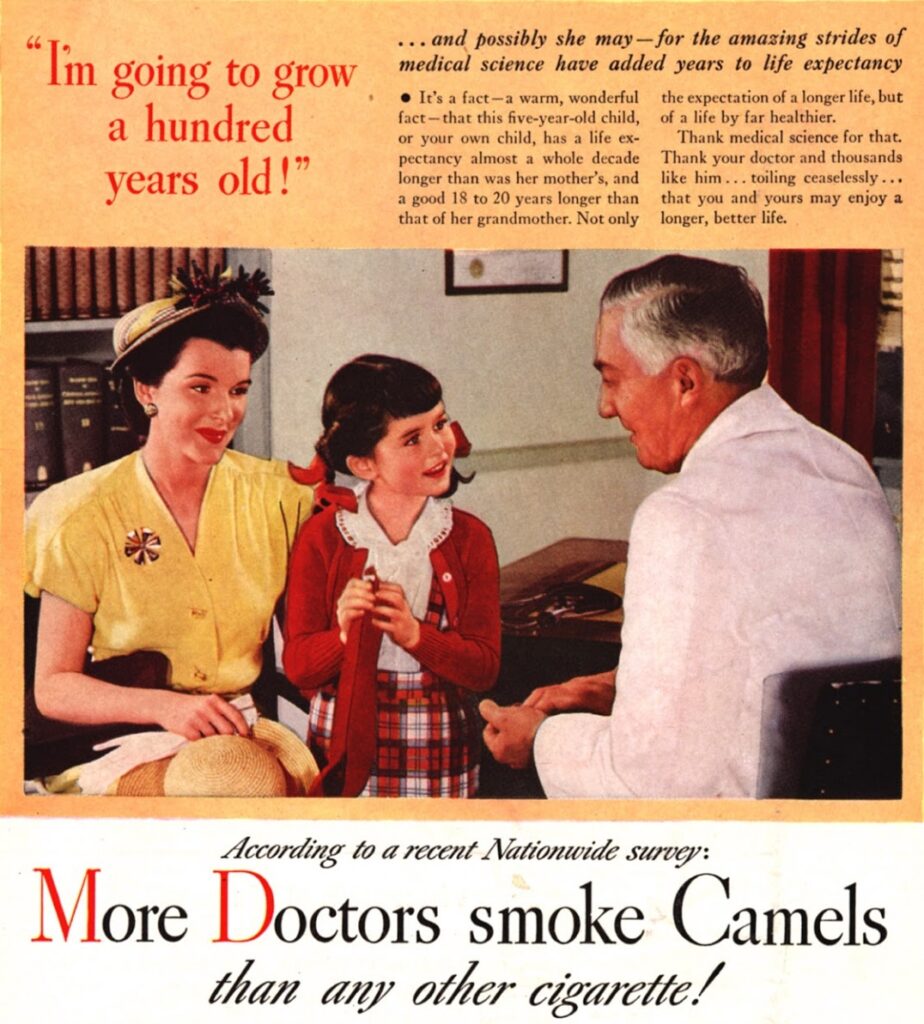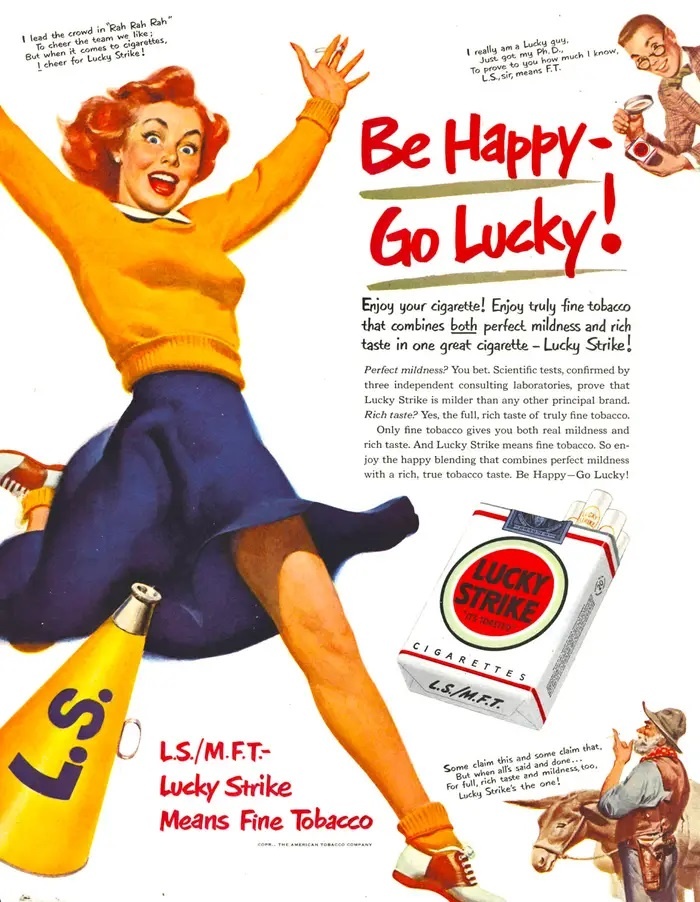
May 10, 2023
May is here and it’s an exciting time for teenagers and families with prom, graduation, parties, and end-of-year celebrations. These upcoming spring festivities provide an opportunity for you to have a conversation with your teen about marijuana. Please consider using the below information as a starting point for further learning and thoughtful discussions with your family and friends.

The important years between graduating high school and graduating college is a crucial time for our teens and young adults as they make new, different, and sometimes difficult decisions that could have lifetime implications. Help empower the teen or young adult in your life with fact based information about the harms of marijuana use and their developing brain.
THC comes in many forms and strengths.
Hemp-derived THC – CBD and Delta-8 products along with other cannabinoids such as Delta-10, HHC, THC-O and THC-P are an emerging threat. The natural amount of THC found in hemp is very low, however, through chemical processes, CBD is converted into these different THC cannabinoids that can have highly intoxicating properties and are used to produce products that have psychoactive effects. CBD is unregulated and therefore may contain THC content sufficient to fail a drug test which could interrupt college plans, financial aid, and job security. CBD also has safety concerns, especially with long-term use per this FDA statement.

Hemp/Delta products are easily purchased online, as well as at a variety of retailers (depending on your state), including convenience stores and gas stations, where there may not be purchase or age restrictions.
Marijuana derived THC products are typically sold in a licensed dispensary:
- The average THC potency in the 1970’s was approximately 5-7% while today’s marijuana flower is 17-20% THC (19.6 per gram average in Colorado in 2020). Flower product has been sold with as much as 35% THC.
- THC products (like vapes and concentrates) which were not available in the past, now exist in the legal market and may have a THC potency up to 98%. These ultra-high THC concentrate products have little in common with the natural plant.
- Consuming edibles that are commonly made into candy and treats can result in high doses of THC being ingested, especially if the serving size is unavailable or ignored. Overconsumption of edibles is easy as the intoxicating effects can take up to 4 hours and may last up to 8 hours.
High doses of THC may produce serious mental and physical health symptoms that can last for several hours or longer. Symptoms may include: cognitive impairment, motor impairment, extreme sedation, agitation, anxiety, increased heart stress, nausea, vomiting, hallucinations, delusions, and psychosis.
Here are a few resources for you to consider:

Ethan Andrew, 23, speaks with to Rocky Mountain PBS about experiencing Cannabis-Induced Psychosis (CIP).

Additional Concerns:
Selling or distributing THC products to someone under the age of 21 is illegal in most legalized recreational markets and could result in a felony conviction. There is a very real risk young adults could lose federal grants or scholarships if convicted of possession or distribution of marijuana. In addition, some schools have strict drug policies that could lead to disqualification of an application or admittance if offenses are outside of their drug policies.
Motivated by profits, the marijuana industry, just like any for-profit industry, use enticing advertising, innovative products, and sweet or exciting flavors to appeal to, and gain new users. Information on the internet and social media is both good and bad. It’s important that your young adult decipher and understand the motivation for their message. Here are a few examples to discuss:
- Is the message truly about their well-being or is it profit-motivated?
- What is the background of the author, and the funding source for the study?
- Does the spokesperson have a monetary interest in the industry directly or indirectly?



Let’s not forget how these types of tobacco ads ran for decades with little to no pushback. The tobacco industry misinformed millions of smokers by promoting their dangerous and deadly products as helpful and healthy.
With lagging sales, some tobacco companies are moving into the marijuana space and will undoubtedly bring some of these same false and dangerous marketing tactics. Philip Morris International, Altria, and British American Tobacco already have significant financial interests in marijuana companies.
What you can do:
Studies show that kids listen to trusted adults which is considered a protective factor to deter youth use.
Conversation Points:
- Just because marijuana is legal for adults in some states doesn’t make it safe for your teen or young adult. A developing brain is especially vulnerable until age 25.
- Research shows marijuana use can lead to lower educational outcomes, derailed career goals, and reduced life satisfaction.
- Marijuana use can affect emotions later in life. Teen users are more likely to be depressed or have suicidal thoughts in adulthood. If you have a family history of addiction or mental health risks, this may make your young adult more likely to become addicted to marijuana or develop negative outcomes.
- Marijuana affects reaction time, judgment, and depth perception, which makes it dangerous to get behind the wheel of a car or be a passenger if the driver has used marijuana.
- What are the options for assistance if your student needs it? Look for campuses, dorms, communities, and clubs that have substance-free activities and support programs.
- Conclude the conversation with a clear statement of your expectations, a plan for their future, and encourage them to refrain from or delay marijuana use to protect their brain.
Be mindful that the marijuana and hemp industries and their products are evolving very rapidly. Information and legislation need to keep up. Unfortunately, many new, radically different, and often kid-friendly products are constantly being introduced and aggressively marketed. Check out THCPhotos.org for current updates on today’s available products in states where THC is commercially available. Please visit our website if you would like more information and follow us on Twitter, Facebook, LinkedIn, and Instagram. Thank you for your care and support in better protecting our kids.
The One Chance Team
Additional resources:
Graduation resource: English and Spanish
Talking with Your Teen About Marijuana
Tips for Talking with Youth About Marijuana | CDPHE
Cannabis Awareness and Prevention Toolkit | Stanford Medicine

